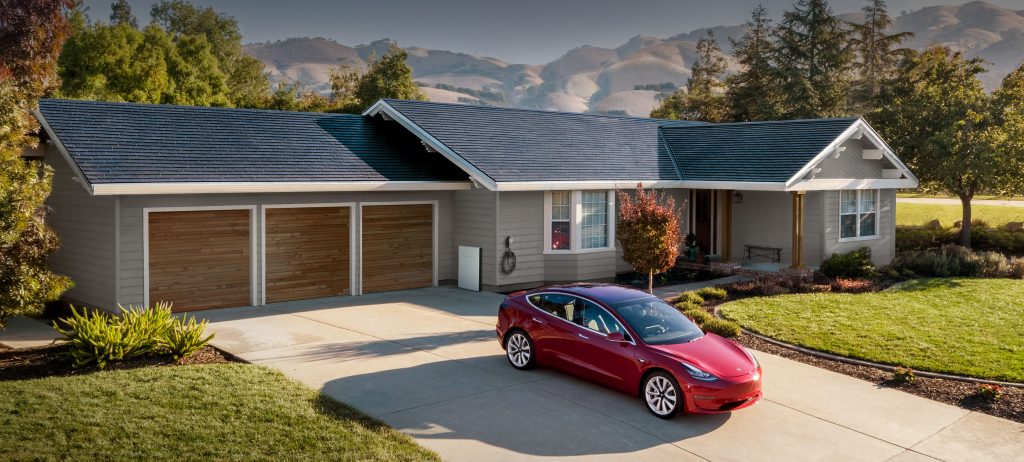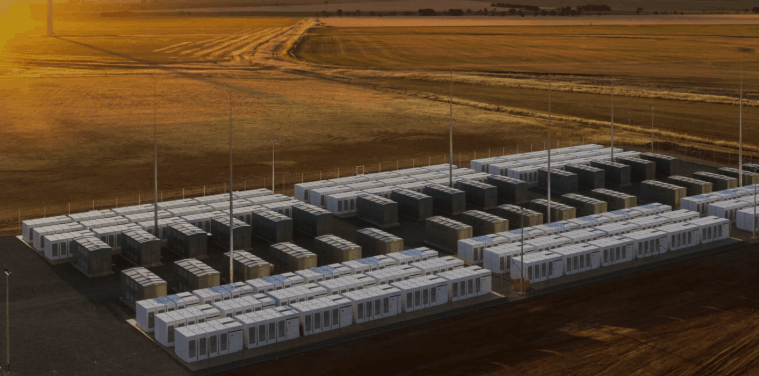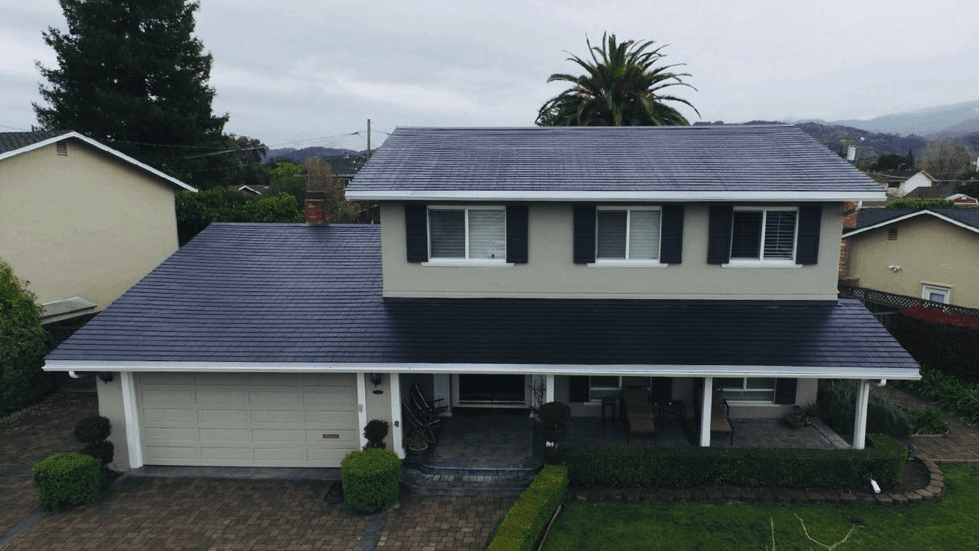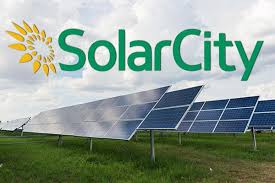Elon Musk, the CEO of Tesla, has recently made headlines with his comments about bringing an end to the combustion economy. This bold statement has sparked a lot of discussion and debate about the future of energy and transportation. In this article, we will take a closer look at Musk’s comments and what they could mean for the future of the world.
First, let’s define what the combustion economy is. The combustion economy refers to the system of energy production and consumption that is based on burning fossil fuels such as coal, oil, and gas. This system has been the dominant source of energy for more than a century, but it has come under increasing scrutiny in recent years due to its environmental impact. Burning fossil fuels releases greenhouse gases into the atmosphere, contributing to global warming and climate change.
Musk’s comments about ending the combustion economy are not entirely new. He has been a vocal advocate for renewable energy and electric vehicles for many years. However, his recent comments have been particularly bold and ambitious. In a tweet on February 6, Musk wrote, “The world is using fossil fuels to power everything, and we need to accelerate the transition to a sustainable energy economy. That’s why Tesla is accelerating the world’s transition to sustainable energy.”
Musk’s comments come at a time when there is growing awareness of the need to reduce our dependence on fossil fuels. The United Nations Intergovernmental Panel on Climate Change has warned that we need to drastically reduce greenhouse gas emissions in order to avoid the worst impacts of climate change. Many countries have set targets for reducing their emissions, and there is a growing consensus that we need to move towards a low-carbon economy.
So, what would it take to end the combustion economy? Musk has suggested that we need to accelerate the transition to renewable energy sources such as solar and wind power, as well as electric vehicles. Tesla has been at the forefront of this transition, producing electric cars that are both high-performing and affordable. Musk has also been working on other projects such as SpaceX and the Boring Company, which are aimed at reducing our dependence on fossil fuels in other areas such as space travel and transportation infrastructure.
Of course, ending the combustion economy is not going to be easy. The fossil fuel industry is deeply entrenched and has a lot of political and economic power. There are also technical challenges to overcome, such as the need to develop better battery technology to store renewable energy. However, Musk is not one to shy away from a challenge, and he has a track record of successfully disrupting industries such as the automotive and aerospace sectors.
In conclusion, Elon Musk’s recent comments about bringing an end to the combustion economy are bold and ambitious, but they are also necessary. The world is facing a climate crisis, and we need to take urgent action to reduce our dependence on fossil fuels. Musk’s vision of a sustainable energy economy based on renewable energy and electric vehicles is an inspiring one, and it is up to all of us to work together to make it a reality.





